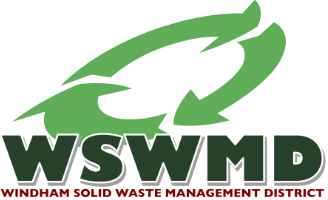What is Household Hazardous Waste?



Household Hazardous Waste (HHW) can be identified by keywords on the container label: danger, warning, caution, flammable, caustic, poison, and skull and crossbones. The container may also describe the health or environmental hazard of the product by using the following words: flammable, combustible, poison, caustic, and irritant. Not all household cleaners are hazardous and can be thrown out in your regular trash. Read the labels! Typically if it’s biodegradable and the empty container is recyclable, it’s most likely NOT hazardous. However, empty containers of hazardous materials are trash and should be disposed of properly, DO NOT RECYCLE!
The following materials are banned from the landfill and must be brought to our Hazardous Waste Depot (open through Tuesday, October 29, 2024) and/or event.
- Acids (Hydrochloric, Muriatic, etc.)
- Adhesives
- Aerosol, acrylic, auto paints–(spray paint, rubber undercoating)
- Ammonia
- Antifreeze
- Bleach
- Brake fluid
- Car wax & polishes
- Chemistry sets
- Cleaners/spot removers
- Diesel fuel
- Drain & toilet cleaners
- Driveway sealer
- Fertilizer (chemical)
- Fuel additives
- Gasoline (old, contaminated, unused)
- Herbicides
- Insecticides
- Kerosene
- Mothballs
- Motor Oil-Clean (used or unused- in 5-gallon containers or larger)**
- Motor Oil -Contaminated (Any size containers)
- Paint thinners & strippers
- Pesticides
- Photography chemicals
- Pool chemicals
- Roofing tar
- Solvents
- Spray paint
- Transmission fluid (& other automotive fluids)
When in doubt, read the label. If it says “caustic, flammable, corrosive, danger, hazardous, poison” or has the skull and crossbones symbol, it’s hazardous!
![]()




